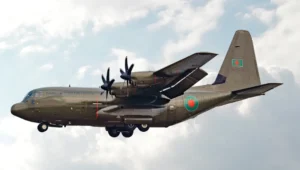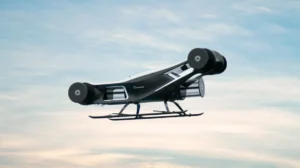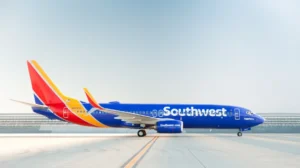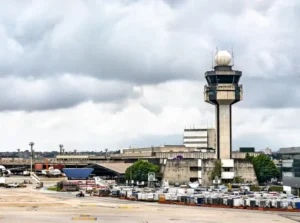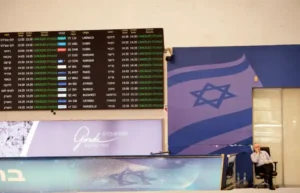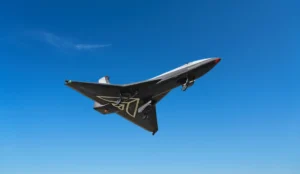After Concorde: The Resurrection of Supersonic Air Travel
The inception of Concorde traces back to 1954 when initial studies kicked off. By 1962, France and Britain inked a historic treaty, pooling resources for this audacious endeavor. Crafting a supersonic airliner in the 1960s and early 1970s was akin to aiming for the moon—a colossal feat that demanded unparalleled collaboration.
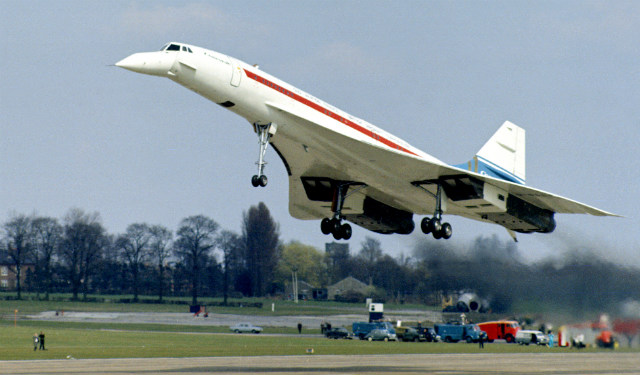
Photo Source: https://www.flightglobal.com/
The formidable task was shouldered by Sud Aviation and British Aircraft Company, later integral parts of Airbus and BAE Systems. Unlike Yeager’s X-1, Concorde wasn’t content with just breaching the supersonic threshold; it soared beyond Mach 2, setting an unprecedented standard and escalating the engineering challenge.
Operating at Mach 2.2, Concorde’s fuselage endured temperatures soaring to 121°C, expanding over 12 inches. Ingeniously, its air conditioning system utilized jet fuel as a heat sink, preventing passengers and crew from succumbing to the sweltering conditions. To achieve and sustain Mach 2.2, Concorde was propelled by four bespoke Rolls-Royce/Snecma Olympus 593 engines, each generating over 160 kN of thrust.
Constructed of titanium to withstand extreme temperatures, the engines were marvels of engineering. The distinctive delta wings necessitated an aggressive angle for lift generation at low speeds, culminating in Concorde’s signature drooping nose during takeoff and landing—an idiosyncratic feature of this iconic aircraft.

But amidst the awe-inspiring engineering, there lurked the menace of noise. Concorde’s supersonic boom reverberated like thunder, even at its cruising altitude of 60,000 feet. The clamor of its arrival and departure was equally jarring, etching memories in the minds of those residing beneath its flight path.
Muting the Thunder: The Quest for Silence
Research on supersonic booms commenced shortly after Yeager’s historic flight. NACA, NASA’s precursor, joined forces with the Air Force in the 1950s, delving into the ramifications of these sonic shockwaves. Arrays of microphones on ground, balloons, and aircraft meticulously measured the booms’ impact at various distances.
The 1960s witnessed wind tunnel experiments aimed at mitigating the boom’s effects. Miniature aircraft models provided insights into shockwave dynamics, paving the way for mathematical models in the 1970s. Advancements in computing during the 1980s facilitated fluid dynamics simulations, enabling the design of low-boom aircraft that resembled practical airplanes.
The High Speed Research (HSR) program, spearheaded by Boeing, envisioned a 300-passenger airliner capable of supersonic travel. However, the feasibility of boom-mitigation technologies was questioned, prompting Boeing’s withdrawal and the program’s demise in 1999.
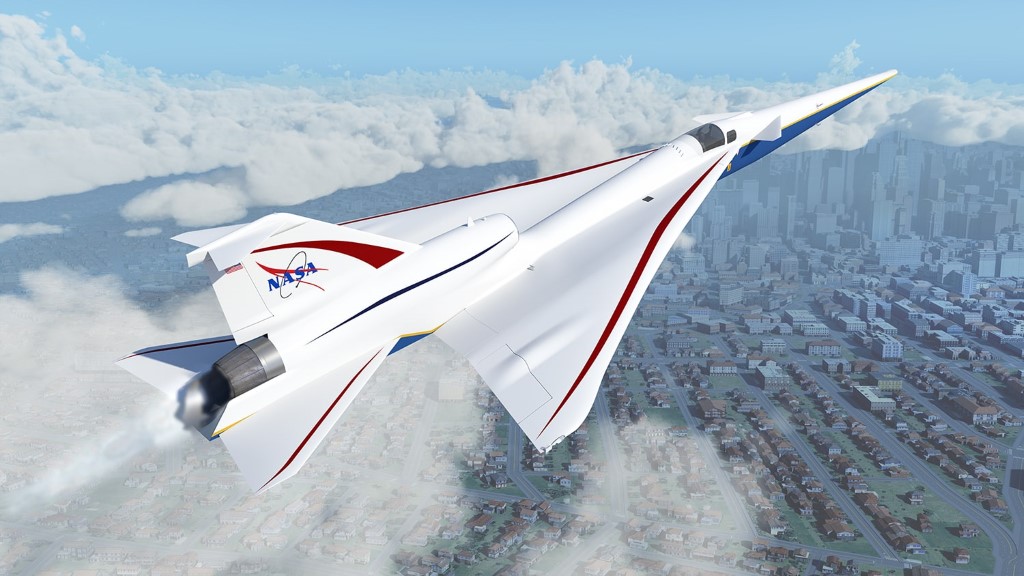
Yet, from the ashes emerged hope. DARPA’s Shaped Sonic Boom Demonstration, culminating in successful test flights in 2003, underscored the plausibility of suppressing sonic booms. This pivotal moment spurred NASA’s pursuit of low-boom supersonic airliners, culminating in the development of the X-59, an emblem of progress in aerospace innovation.
In the quest for supersonic air travel sans the cacophony of booms, NASA and its partners continue to push the boundaries of possibility, ushering in a new era of aviation.


